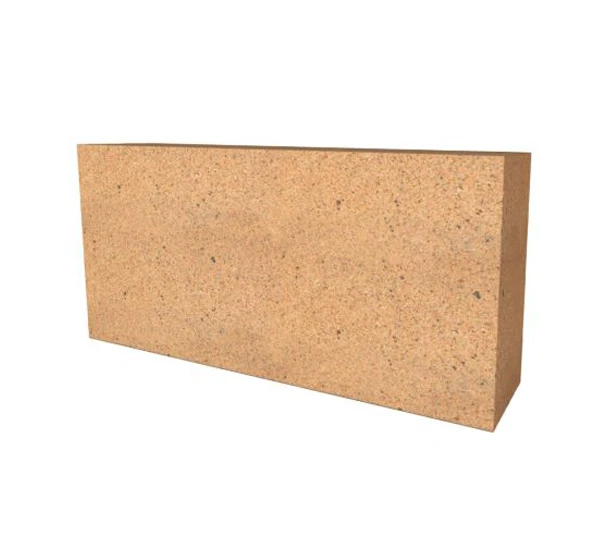
Parameters of Fire Clay Bricks – SK Series
| Item/Grade | SK-30 | SK-32 | SK-34 | SK-35 | |
|---|---|---|---|---|---|
| Al2O3, % | ≥ | 30 | 35 | 38 | 45 |
| Fe2O3, % | ≤ | 2.5 | 2.5 | 2 | 2 |
| Refractoriness (SK) | ≥ | 30 | 32 | 34 | 35 |
| Refractoriness underload, 0.2MPa, °C | ≥ | 1250 | 1300 | 1360 | 1420 |
| Apparent Porosity, % | ≤ | 22-26 | 20-24 | 20-22 | 18-20 |
| Bulk Density, g/cm³ | ≥ | 1.9-2.0 | 1.95-2.1 | 2.1-2.2 | 2.15-2.22 |
| Cold Crushing Strength, MPa | ≥ | 40 | 45 | 30 | 40 |
Introduction of Fire Clay Brick for Sale
Clay fire bricks are made of calcined clay and binder. They are a type of siliceous alumina brick. Their refractoriness is between 1580-1770 degrees Celsius. With the change of composition, the refractoriness fluctuates. In addition, because clay bricks contain alumina, they have a certain anti-erosion effect on acidic slags. They are generally used in acidic slag kilns.
Advantages of Fre Clay Refractory Brick
High refractoriness: Its refractoriness is as high as 1770 degrees Celsius.
High softening temperature: The softening temperature is generally between 1300-1400 degrees Celsius.
Strong resistance to thermal shock: It can resist sudden changes in temperature. It has a stable structure in high temperature.
Resistant to acidic chemical erosion: Clay firebricks can resist the erosion of acidic slag and acidic gases.
Affordable price: Clay firebricks have a wide range of raw material sources. Therefore, its price is more acceptable to customers.